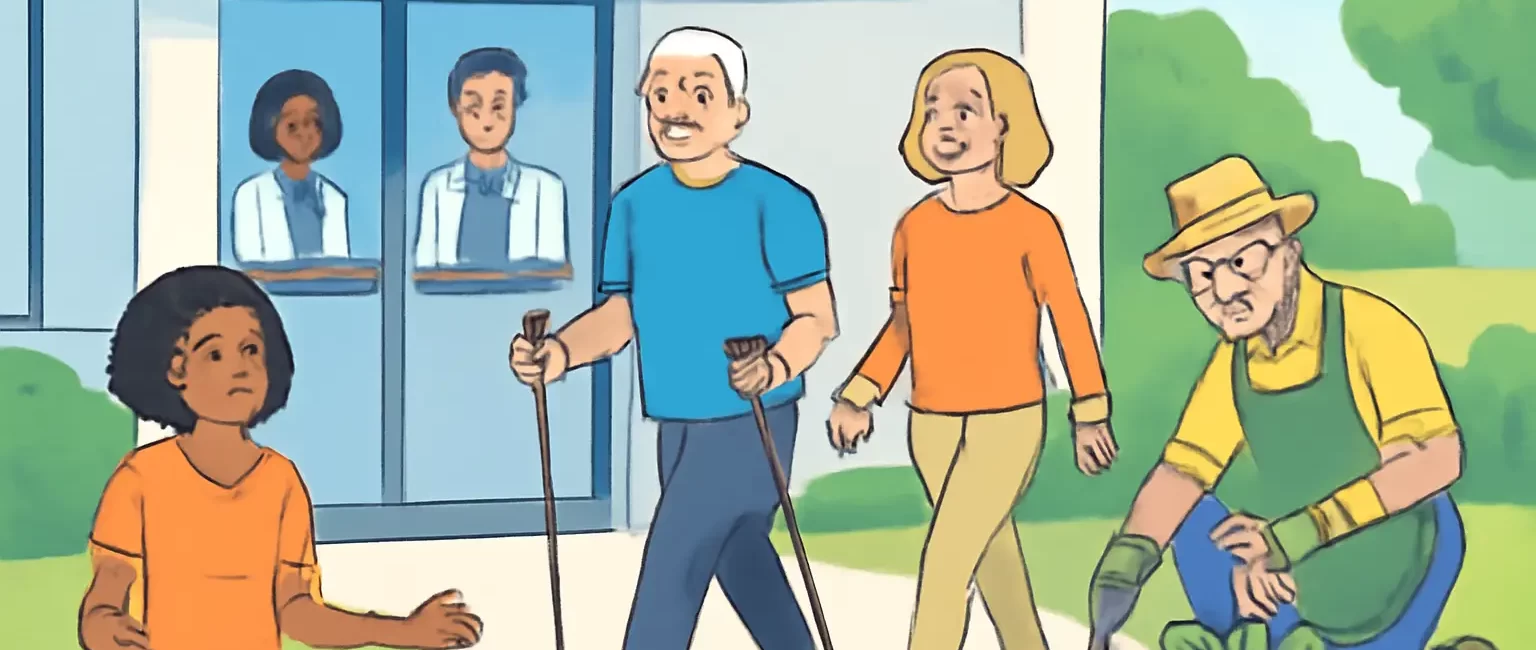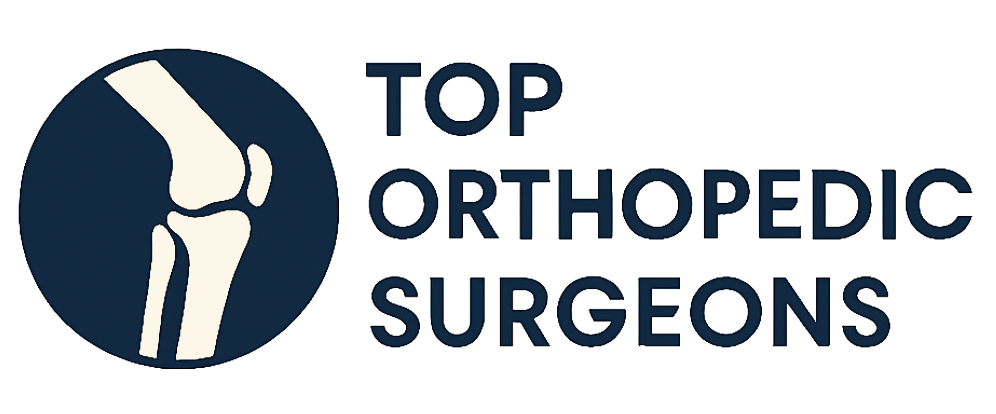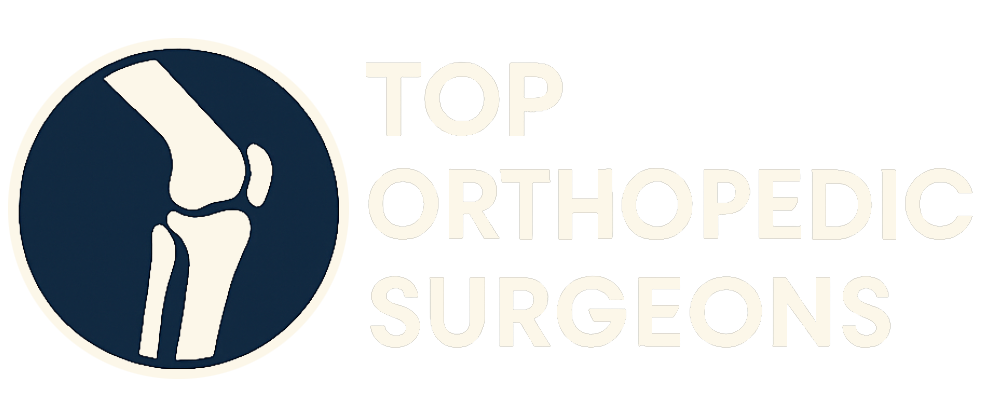
Orthopedic conditions affect the musculoskeletal system, which includes bones, joints, muscles, ligaments, and tendons. These conditions can result from injury, overuse, aging, or genetic factors, and can significantly impact your quality of life. Understanding these conditions is the first step toward effective management and improved well-being.
This guide provides a comprehensive overview of common orthopedic conditions, their symptoms, diagnosis, treatment options, and preventative measures. Our goal is to empower you with the knowledge needed to make informed decisions about your orthopedic health and connect you with the right specialists for personalized care.
Common Types of Orthopedic Conditions
Orthopedic conditions are diverse, ranging from acute injuries to chronic diseases. Here are some of the most prevalent categories:
Arthritis
Arthritis is a broad term encompassing over 100 different conditions that cause joint pain, stiffness, and swelling. The two most common types are:
- Osteoarthritis: This degenerative joint disease results from the breakdown of cartilage, the protective tissue that cushions the ends of bones in a joint. Over time, this can lead to bone-on-bone friction, causing pain and limited mobility.
- Rheumatoid Arthritis: This autoimmune disease causes the body’s immune system to attack the lining of the joints (synovium), leading to inflammation, pain, and potential joint damage.
Fractures
A fracture is a break in a bone, typically caused by trauma or injury. Fractures can range from hairline cracks to complete breaks, and may be classified as:
- Simple Fracture: The bone is broken, but the skin is intact.
- Compound Fracture: The bone breaks through the skin.
- Stress Fracture: A small crack in a bone, often caused by repetitive stress or overuse.
Sprains and Strains
Sprains and strains are common injuries that affect ligaments and muscles, respectively:
- Sprain: A sprain is a stretching or tearing of ligaments, the tough bands of tissue that connect bones at a joint.
- Strain: A strain is a stretching or tearing of muscle or tendon fibers. Tendons connect muscles to bones.
Tendonitis and Bursitis
These conditions involve inflammation of soft tissues around joints:
- Tendonitis: Inflammation of a tendon, often caused by overuse or repetitive movements.
- Bursitis: Inflammation of a bursa, a fluid-filled sac that cushions bones, tendons, and muscles near joints.
Back Pain
Back pain is a widespread problem that can stem from various causes, including:
- Muscle Strain: Overstretching or tearing of back muscles.
- Disc Herniation: When the soft, jelly-like center of a spinal disc pushes through a tear in the outer layer, potentially pressing on nearby nerves.
- Spinal Stenosis: Narrowing of the spinal canal, which can put pressure on the spinal cord and nerves.
- Scoliosis: Curvature of the spine.
Joint Pain (Knee, Hip, Shoulder, Ankle)
Pain in specific joints can arise from various underlying conditions:
- Knee Pain: Often caused by osteoarthritis, meniscus tears, ligament injuries (ACL, MCL), or patellar tendonitis.
- Hip Pain: Frequently related to osteoarthritis, hip bursitis, labral tears, or impingement.
- Shoulder Pain: Can result from rotator cuff tears, impingement syndrome, frozen shoulder (adhesive capsulitis), or arthritis.
- Ankle Pain: Commonly caused by sprains, Achilles tendonitis, arthritis, or fractures.
Osteoporosis
Osteoporosis is a condition characterized by decreased bone density, making bones more fragile and susceptible to fractures. It often affects older adults, particularly women after menopause.
Symptoms of Orthopedic Conditions
The symptoms of orthopedic conditions can vary widely depending on the specific condition and its severity. Common symptoms include:
- Pain: Can range from mild and intermittent to severe and constant.
- Stiffness: Limited range of motion in a joint.
- Swelling: Inflammation around a joint or affected area.
- Redness: Skin discoloration indicating inflammation.
- Warmth: Increased temperature around a joint.
- Deformity: Visible changes in the shape of a bone or joint.
- Instability: Feeling of looseness or giving way in a joint.
- Numbness or Tingling: May indicate nerve compression.
It’s important to consult with an orthopedic specialist if you experience any of these symptoms, especially if they are persistent, severe, or interfering with your daily activities.
Diagnosis of Orthopedic Conditions
Diagnosing orthopedic conditions typically involves a combination of:
- Medical History: Your doctor will ask about your symptoms, past injuries, and family history of orthopedic conditions.
- Physical Examination: The doctor will assess your range of motion, strength, reflexes, and stability, and palpate the affected area to identify tenderness or abnormalities.
- Imaging Tests: These tests help visualize the bones and soft tissues to identify fractures, arthritis, or other abnormalities. Common imaging tests include:
- X-rays: Provide images of bones.
- MRI (Magnetic Resonance Imaging): Creates detailed images of soft tissues, such as ligaments, tendons, and cartilage.
- CT Scan (Computed Tomography): Provides cross-sectional images of bones and soft tissues.
- Ultrasound: Uses sound waves to create images of soft tissues.
- Bone Scan: Detects areas of increased bone activity, which may indicate fractures, infections, or tumors.
In some cases, additional tests, such as blood tests or nerve conduction studies, may be needed to confirm a diagnosis or rule out other conditions.
Treatment Options for Orthopedic Conditions
The treatment of orthopedic conditions depends on the specific condition, its severity, and your individual needs and preferences. Treatment options may include:
Non-Surgical Treatments
- Rest: Avoiding activities that aggravate your symptoms.
- Ice: Applying ice packs to reduce inflammation and pain.
- Compression: Using bandages to support and stabilize the affected area.
- Elevation: Raising the injured limb to reduce swelling.
- Pain Medication: Over-the-counter or prescription pain relievers, such as NSAIDs (nonsteroidal anti-inflammatory drugs) or opioids, to manage pain.
- Physical Therapy: Exercises and stretches to improve strength, flexibility, and range of motion.
- Orthotics: Shoe inserts or braces to support and align joints.
- Injections: Corticosteroid injections to reduce inflammation and pain, or hyaluronic acid injections to lubricate joints.
Surgical Treatments
Surgery may be necessary for more severe orthopedic conditions that do not respond to non-surgical treatments. Common orthopedic surgeries include:
- Arthroscopy: A minimally invasive procedure that uses a small camera and instruments to diagnose and treat joint problems.
- Joint Replacement: Replacing a damaged joint with an artificial joint (prosthesis). Common joint replacement surgeries include hip replacement, knee replacement, and shoulder replacement.
- Fracture Repair: Surgical procedures to stabilize and align broken bones, often using plates, screws, or rods.
- Ligament Reconstruction: Repairing or replacing torn ligaments, such as the ACL in the knee.
- Tendon Repair: Repairing torn tendons, such as the rotator cuff in the shoulder.
- Spinal Fusion: Joining two or more vertebrae together to stabilize the spine and reduce pain.
The decision to undergo surgery should be made in consultation with an orthopedic surgeon after careful consideration of the risks and benefits.
Preventative Measures for Orthopedic Conditions
While not all orthopedic conditions can be prevented, there are several steps you can take to reduce your risk and maintain healthy bones and joints:
- Maintain a Healthy Weight: Excess weight puts extra stress on your joints, increasing the risk of osteoarthritis and other orthopedic problems.
- Exercise Regularly: Engage in regular physical activity, including weight-bearing exercises (walking, running, dancing) to strengthen bones and muscles.
- Eat a Balanced Diet: Consume a diet rich in calcium and vitamin D to promote bone health.
- Practice Good Posture: Maintain proper posture when sitting, standing, and lifting to reduce strain on your back and joints.
- Use Proper Lifting Techniques: Lift heavy objects with your legs, not your back, to prevent back injuries.
- Wear Protective Gear: Use appropriate protective gear when participating in sports or activities that carry a risk of injury.
- Avoid Overuse: Avoid repetitive movements or activities that can lead to tendonitis or bursitis.
- Quit Smoking: Smoking can weaken bones and increase the risk of fractures.
By following these preventative measures, you can take proactive steps to protect your orthopedic health and reduce your risk of developing debilitating conditions.
Finding an Orthopedic Specialist
If you are experiencing symptoms of an orthopedic condition, it’s crucial to seek the expertise of a qualified orthopedic specialist. Top Orthopedic Surgeons connects you with trusted, board-certified orthopedic specialists across the United States. Our comprehensive directory allows you to:
- Search for Specialists: Easily find orthopedic surgeons based on location, specialty, and expertise.
- Review Profiles: Access detailed profiles that include information about each specialist’s education, training, experience, and patient reviews.
- Connect with the Right Expert: Make informed decisions about your care by choosing a specialist who aligns with your specific needs and preferences.
Taking care of your orthopedic health is an investment in your overall well-being. By understanding common orthopedic conditions, seeking timely diagnosis and treatment, and adopting preventative measures, you can maintain strong bones and joints and enjoy an active, fulfilling life.
Remember, you’re not alone in navigating orthopedic challenges. We are here to support you every step of the way, providing resources and connections to help you achieve optimal orthopedic health.


